Providing access to closed off parts of our companies is what we mean when we talk about access control. But being familiar with something and using it effectively to preserve confidential information are two very different degrees of understanding. Who, for instance, has access to what? What guidelines apply? How is it monitored?
Before granting someone access to confidential information, you must first identify and verify them, hence the foundation of an access control system must have criteria and records for each time someone “enters” the system.
You should think about two major concepts, such as how much control you want over the system and how you select which employees receive access to what, depending on the type of company you have. Numerous variants, each with different benefits.
The Most Popular Forms of Access Control Systems
Mandatory Access Control (MAC)
Mandatory access control, wherein only system administrators have the power to provide access, is the system with the toughest security protections. Since users are unable to change permissions that restrict or allow access to particular areas, this results in tight protection around sensitive information.
It even limits the resource owner’s ability to provide users access to anything listed in the system. A worker is given a precise collection of variable “tags” that identify their level of access as soon as they check in, much like a digital security profile. As a result, a user’s access to resources will be limited in accordance with the tags they possess and the sensitivity of the data they contain. This technology is so brilliant because it is committed to secrecy that government agencies routinely use it.
Discretionary Access Control (DAC)
However, a system that allows for discretionary access offers the business owner a little bit more control. The system administrator controls who has access to what resources, even if a hierarchy of files with specific permissions was set by them. Simply having the right credentials is enough to get access. Of course, the one disadvantage is that letting end users select their own security levels may lead to errors. Furthermore, because the system requires more active engagement in determining rights, it is simple for activities to go through the cracks. Comparing the flexible and high-effort DAC system to the rigid and low-effort MAC technique.
Role-Based Access Control (RBAC)
Depending on their tasks at work, a user’s permissions are delegated through role-based access control. The most common kind of access control system restricts access based on your rank inside the company, denying access to critical information to lower-level employees. In this method, access permissions are developed based on a variety of company-related characteristics, including resource requirements, work environment, employment, region, and more. This approach is preferred by most business owners because it makes it simple to group employees according to the resources they need access to. Human resources staff do not need access to private marketing materials, and marketing staff do not need access to employee compensation. RBAC provides a flexible strategy that increases visibility while bolstering protection against breaches and data leaks.
Cloud v/s On- Premise
Access control systems have traditionally been on-premise systems, although software-as-a-service(SaaS) is becoming more and more common. Smaller companies with fewer resources and time can have access control thanks to the cloud.
There are still use cases where an on-premise or maybe a hybrid solution might make more sense, even if the majority of firms today employ a cloud-based system.
On- Premise Access Control Systems
Some businesses prefer the traditional on-premise access control solutions because they have more control over them. A central computer acts as the main server and is connected to peripheral devices including readers, controllers, and access control panels.
Companies often pay a licensing fee for the software instead of a monthly cost, and they are responsible for managing the system. Larger businesses that can afford to employ on-site IT staff with the skills and experience to administer, monitor, and upgrade these systems are more likely to have on-premise access control systems.
Cloud-based Access Control Systems
Everything is saved in the cloud rather than on a local server to keep the access list and audit trails. Because it is simpler to use and maintain, more economical, and offers more chances for integration with other software tools, the majority of enterprises utilize cloud-based access control systems today.
However, not everyone is created equally. When it comes to how the hardware is placed, whether or not the admins are in charge of the software, how credentials are used to get access to buildings, etc., cloud-based or SaaS enabled access control might appear quite different.
AI-Powered Identity Management Is The Future
The task of administering the systems will keep shifting away from humans and toward technology as access control approaches the future. AI (artificial intelligence) not only enables us to assess users’ access rights in real-time, but it also has the capacity to predict an employee’s complete lifespan. These solutions not only shield us from the “present,” but also have the capacity to spot dangers and compliance problems before they worsen. Because the AI makes it easy to view everything from a high level, you won’t need to carefully monitor the complex network of policies and access control lists.
Atkaal is the leading access control system supplier in Saudi Arabia. The application of access control systems will result in the assurance of the highest degree of security in both internal and external locations. Access control systems and its architecture vary depending on usage, location, and level of complicity, and we will do our best to successfully meet your needs.
We will thoroughly research your company while working on the access control system project and make recommendations for the best kind of access control system to be deployed. Discover for yourself how our platform may help your business.

